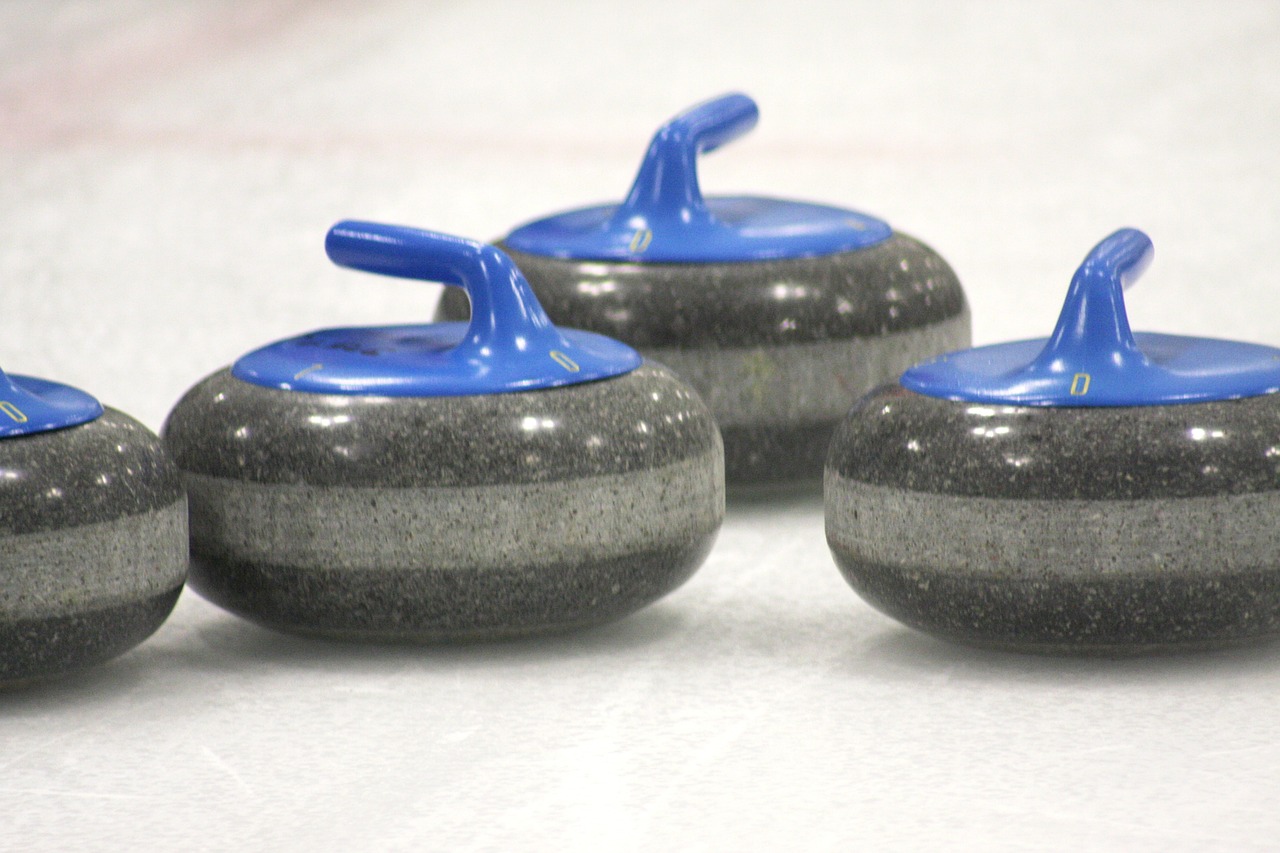Curling stones are not just pieces of rock. They are at the core of the strategy and skill involved in curling. While you aim for the house on the ice, you should also aim to know more about these fascinating objects. Their characteristics are pivotal in how a game unfolds, affecting everything from the stone’s speed to its path.
The material matters
When it comes to material, granite remains unbeatable for curling stones. Specifically, Blue Hone and Ailsa Craig Common Green granites from Ailsa Craig Island in Scotland are industry favourites. These types of granite offer low water absorption, which is crucial for minimizing friction on the ice.
But that is not all; these granites also resist chipping and cracking. This durability explains why top competitors always use stones made from these types of granite.
Design and dimensions
Curling stones have a regulated design governed by the World Curling Federation. They weigh between 38 and 44 pounds and have a maximum circumference of 36 inches. While these numbers are essential, the concave bottom of the stone is a game-changer. This shape reduces the contact area between the stone and the ice, allowing for a smoother glide.
Handles add another layer of complexity. Typically made from stainless steel or other metals, these handles are crucial for controlling the stone’s rotation.
The role in the game
A curling stone does more than slide across the ice; it is a tool for implementing strategy. The stone curls or curves when released a certain way. This curling action is essential for bypassing other stones or setting up defensive and offensive plays.
Additionally, mastering the grip and release of the stone’s handle can significantly affect its spin, speed, and final placement. This skill becomes especially important in complex game situations where precision is critical.
Maintenance and care
A curling stone is a long-term investment that needs regular upkeep. Resurfacing remains an everyday maintenance activity. By shaving off a tiny layer from the bottom, you can refresh its surface. Make sure to tighten the handles frequently for consistent performance.
Also, storing your stones in a climate-controlled space will help maintain their integrity over time. Neglecting proper storage can damage moisture, affecting the stone’s slide.
Conclusion
Curling stones are complex and fascinating objects with many variables that impact the game. The material, design, and how you handle them all play a role in your curling performance. Understanding these elements can only enhance your game and deepen your appreciation of this intricate sport.
So, do you want to be a better curler? Your journey begins with understanding your most crucial tool — the curling stone. Start today by diving into its material, design, and role in the game!
